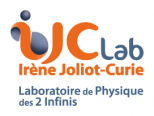Pre-merger localization of compact-binary mergers with third generation observatories
We present the prospects for the pre-merger detection and localization of binary neutron star mergers with third-generation gravitational-wave (GW) observatories. We consider a wide variety of GW networks that may…









